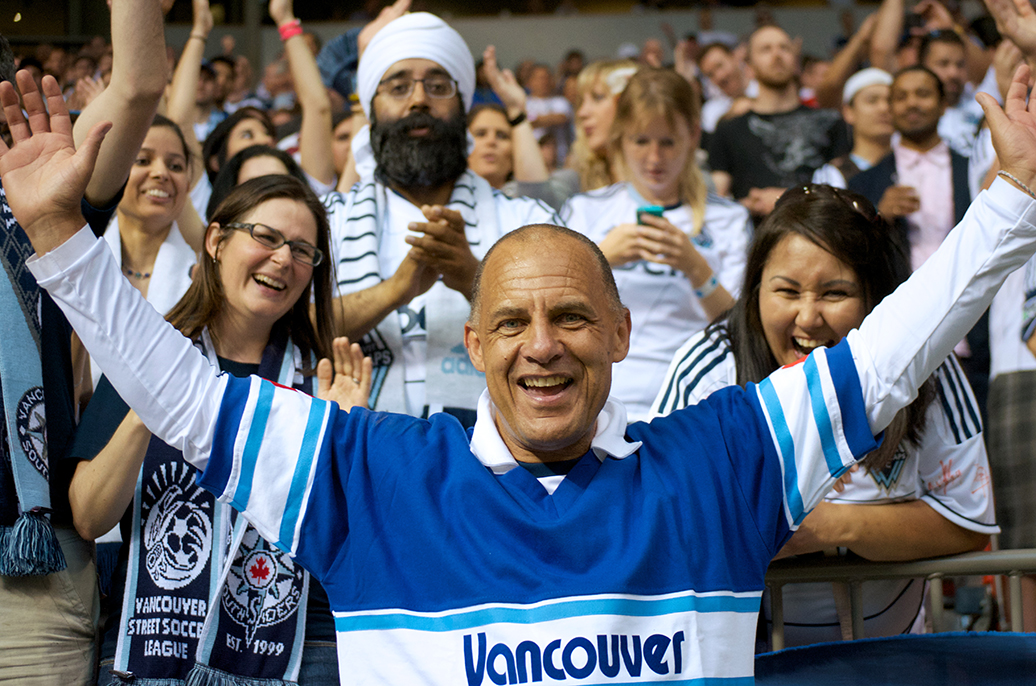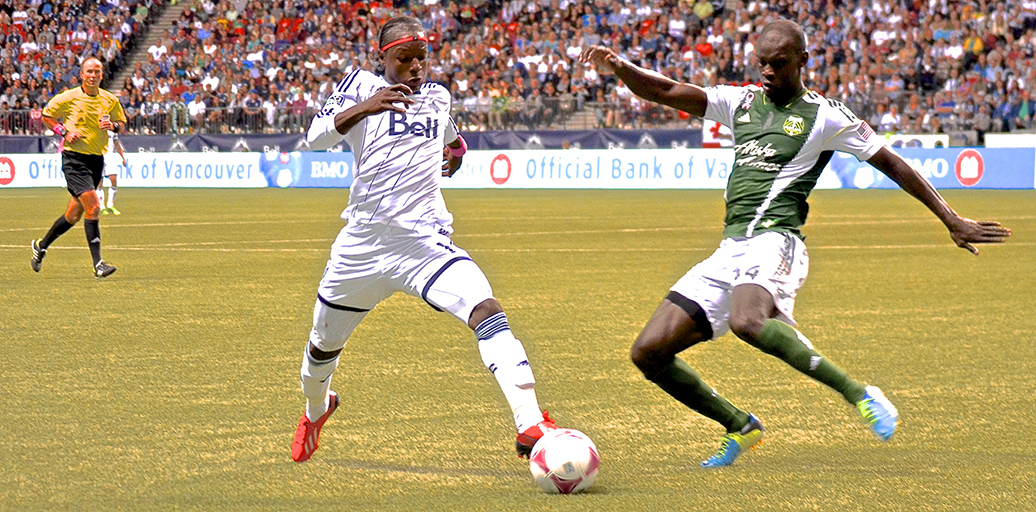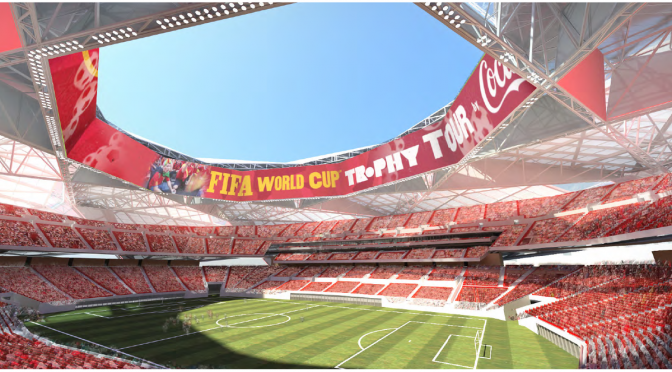Let me tell you a story about soccer, greed and spending outside your means.
Once upon a time, there was a league of soccer teams in North America called the North American Soccer League. (Nobody in 1968 had an imagination, more’s the pity. ) Despite a rocky start, the NASL accomplished quite a bit in a short time. In 1969, the league had only five teams, and an average attendance under 3,000. Only a decade later, the league’s heyday saw 24 teams compete before an average attendance of over 14,000. Vancouver fans saw a championship team in the midst of that heyday, as the Whitecaps won the NASL SoccerBowl in 1979 over the Tampa Bay Rowdies. Five seasons after that, however, in 1985, the league was dead.

The NASL expanded too far and too fast, and the less-wealthy owners weren’t able to keep up with some of the extravagant player purchases of the wealthier clubs. More and more clubs tried to follow the model of the New York Cosmos, whose acquisition of Pele was an international sensation, and forced clubs like the Portland Timbers to triple their player salary to try and compete. The NASL had 18 club relocations over its 16-year history, with several more clubs folding along the way.
Though it failed spectacularly in the end, the NASL is widely credited with paving the way for bigger and better things in North American soccer. Without the NASL’s popularity, FIFA likely doesn’t consider the United States a viable candidate for the 1994 World Cup, and part of the requirement for hosting that tournament was the creation of a top-tier soccer league in the USA. MLS was born out of the ashes of the NASL, and for nearly two decades prided themselves on steady growth and avoiding the pitfalls their predecessor blundered into.
Given recent events, Major League Soccer now seems to think it’s ready to tackle the kind of growth that killed the NASL. The league, for many years, was very careful about the type of team it allowed in. Seattle, Vancouver, Portland and Montreal were all successful Division 2 clubs before being granted entry. Toronto and Philadelphia had soccer specific stadia ready to go.

Now the league is going away from that model, apparently to chase a quick buck. New York City FC, the 20th MLS team, has neither a stadium nor an established track record. They recently announced they will be playing out of Yankee Stadium for at least three seasons while they seek a site to build their own place. Needless to say, the sight lines in a baseball stadium are not ideal for soccer.
Today, MLS announced that Atlanta would be the 22nd MLS team. Like NYCFC before it, they will share a stadium, this time with the Atlanta Falcons of the NFL. Soccer does not have a great track record in Atlanta, either. The Silverbacks of the (re-incarnated) NASL division 2 have been on the uptick recently, but have only broken the 4,000 average attendance mark three times in their 17-year history. As recently as 2009, the club went on hiatus for two full seasons. The city also has a long history of supporting professional sports clubs poorly. They’ve lost an NHL club twice — the Flames to Calgary and the Jets (née Thrashers) to Winnipeg — and don’t support the Braves well at all despite them being one of the more successful MLB clubs of the last twenty years.
What do NYFC and Atlanta FC have in common? They have the possibility to bring the league a good deal of money, even if they don’t do well at the gate. MLS has already signed a joke of a sponsorship agreement to make Etihad Airways their official airline. Etihad doesn’t fly between any MLS cities, but they are closely tied to Manchester City, who own NYCFC. With a team in Atlanta, MLS can now tell prospective TV rights holders that they have clubs in each of the top ten television markets in the United States. Who needs standards and established track records when you can bring in expansion fees and TV contracts, and not have to worry about attendance?
There remains the possibility that MLS has given themselves a stable enough foundation to be this aggressive, but looking at some of the cash the likes of Toronto and MLS (on Seattle’s behalf) have been splashing to bring in Clint Dempsey and Jermaine Defoe, the parallels to the old NASL are a little frightening.
But hey, cash, am I right? CASH MONEY.

